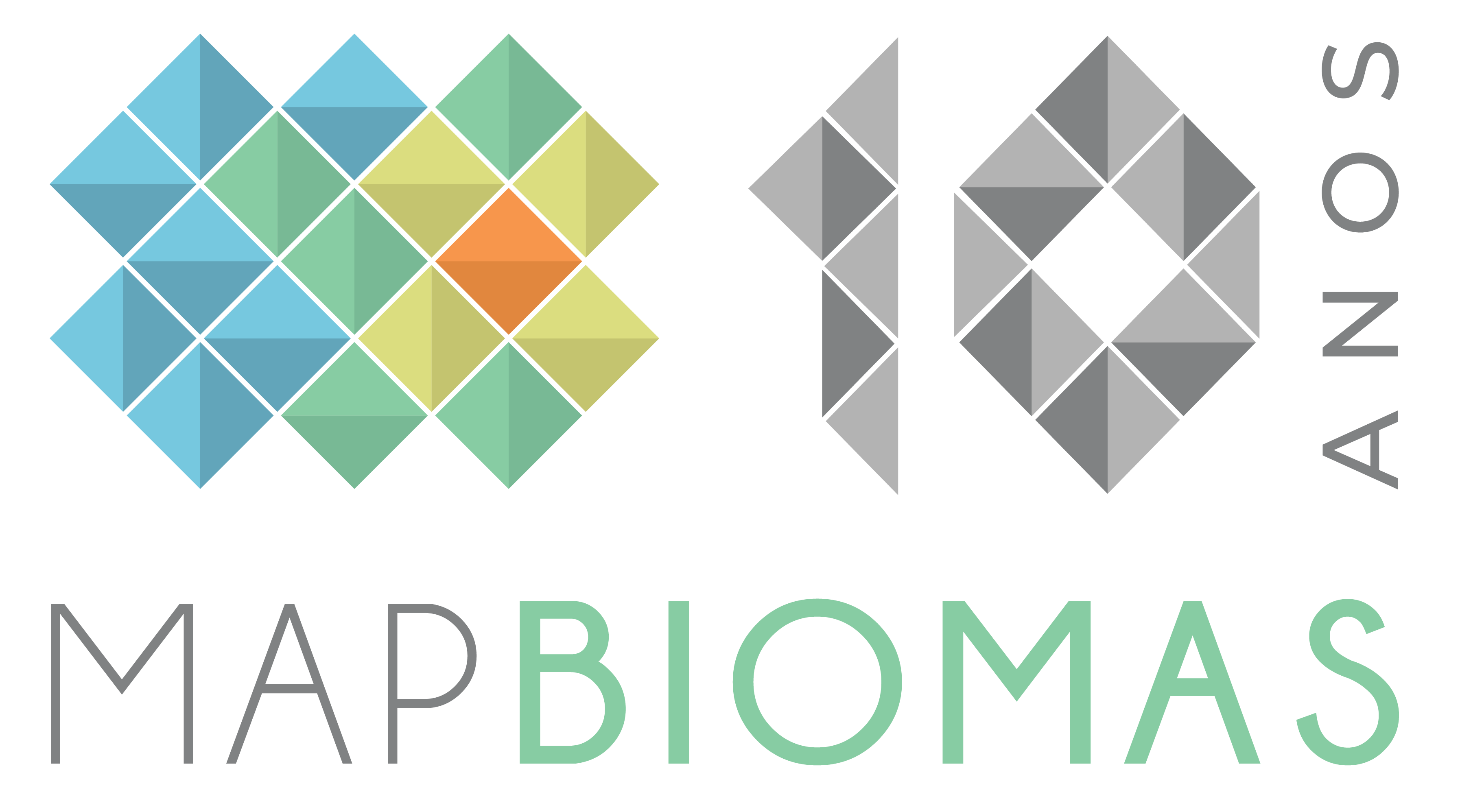A groundbreaking survey, conducted by the MapBiomas Project after analyzing satellite images between 1985 and 2020, reveals the impact of fire on the national territory. Each of these 36 years, Brazil burned an area larger than that of England: it amounted to 150,957 km² per year, or 1.8% of the country. The total for the period reaches nearly one-fifth of the national territory: 1,672,142 km², or 19.6% of Brazil, with 65% of the total burned area being native vegetation. The state of Mato Grosso showed the highest occurrence of fire, followed by Pará and Tocantins.
Although the major peaks of burned area in Brazil occurred mainly in years affected by extreme drought events (1987, 1988, 1993, 1998, 1999, 2007, 2010, 2017), high deforestation rates mainly before 2005 and after 2019 had a significant impact on the increase in burned area during these periods. The dry season, between July and October, accounts for 83% of wildfires and fires in the country.
Among the five Brazilian biomes, none has been as severely affected as the Pantanal: 57% of its territory was burned at least once between 1985 and 2020. Grassland vegetation is the most affected in the biome; during the wet seasons, plants accumulate biomass, and in the dry season, the dried vegetation becomes fuel for fires. "These characteristics of the biome, combined with climatic events of drought and strong winds, make fire a problem to be controlled. Issues related to the use of fire as a management tool, under inadequate conditions, can lead to the occurrence of uncontrolled fires over extensive areas," warns the coordinator of MapBiomas Pantanal, Eduardo Reis Rosa.
The researcher explains that the Pantanal has vegetation adapted to fire; however, high frequency can make it harmful to the biodiversity of fauna and flora. "Issues related to the use of fire should be integrated into pasture use conditions, in a preventive, controlled manner, following the cycles of the Pantanal and appropriate weather conditions, with the aim of protecting the biome."
The mapping is unprecedented and reveals every piece of Brazilian territory in the last 36 years that has suffered from fire. According to Ane Alencar, coordinator of MapBiomas Fire, "knowing where it burned is possible to understand the fire dynamics and which areas are most vulnerable in the future. Thus, mapping is essential to understand the frequency, intensity of fire, for planning firefighting efforts and identifying areas of higher risk." The Cerrado and Amazon represent 85% of the burned area in the last 36 years. "The Amazon is not a biome where fire is part of the natural ecosystem dynamics, unlike the Cerrado where natural fire is part of its evolutionary dynamics," the researcher emphasizes.
To arrive at these numbers, the MapBiomas team processed over 150,000 images generated by Landsat 5, 7, and 8 satellites from 1985 to 2020. With the help of artificial intelligence, they analyzed the burned area in each pixel of 30m x 30m across the over 8.5 million square kilometers of Brazilian territory over the 36 years between 1985 and 2020, regardless of land use and land cover. In total, 108 terabytes of images were processed to show areas, years, and months of higher and lower fire incidence.
The data on wildfires and forest fires are available in maps and annual, monthly, and cumulative statistics for any period between 1985 and 2020 on the platform https://mapbiomas.org/ , open to everyone. It also includes fire frequency data, indicating the areas most affected over the past 36 years. The resolution is 30m, with indication of the type of land cover and land use that burned, allowing territorial and land cuts by biome, state, municipality, hydrographic basin, conservation unit, indigenous land, settlements, and areas with CAR.
Access the MapBiomas Fire platform here
Also access the Fire Monitor, a platform with monthly data mapping fire scars in Brazil from 2019 onwards. Learn more about the Monitor launch by accessing the video below:
Access the Fact Sheet here.
Download the infographic with data from MapBiomas Fire Collection 1 here.
Learn how the launch of MapBiomas Fire Collection 1 went:

